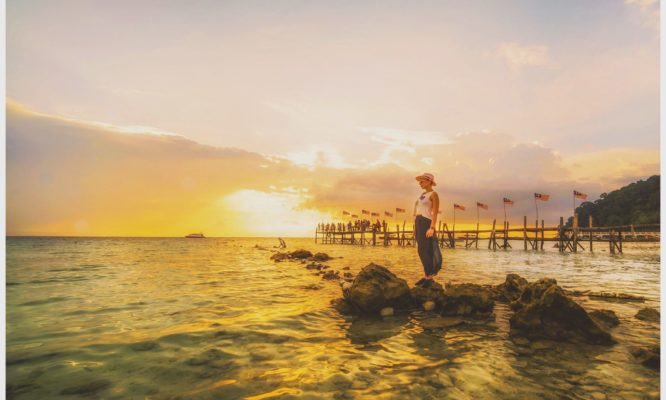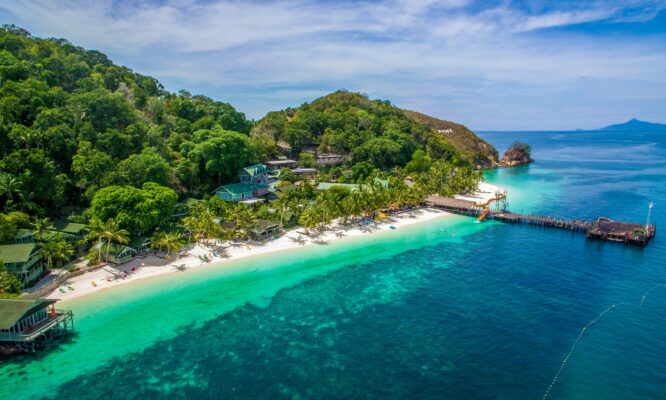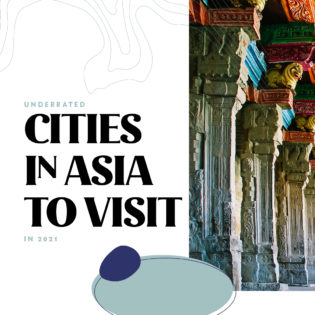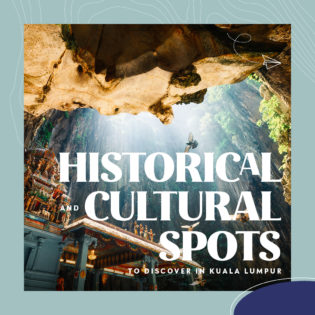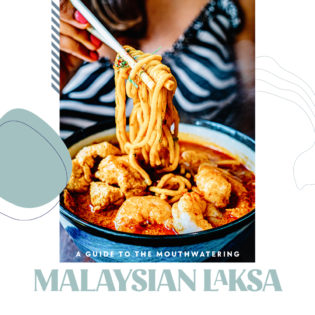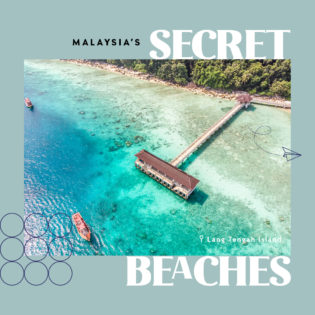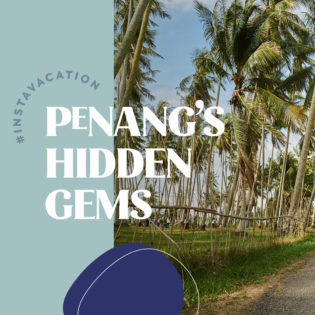Lake Titicaca and its floating islands have long been the sacred lifeblood of the Andeans
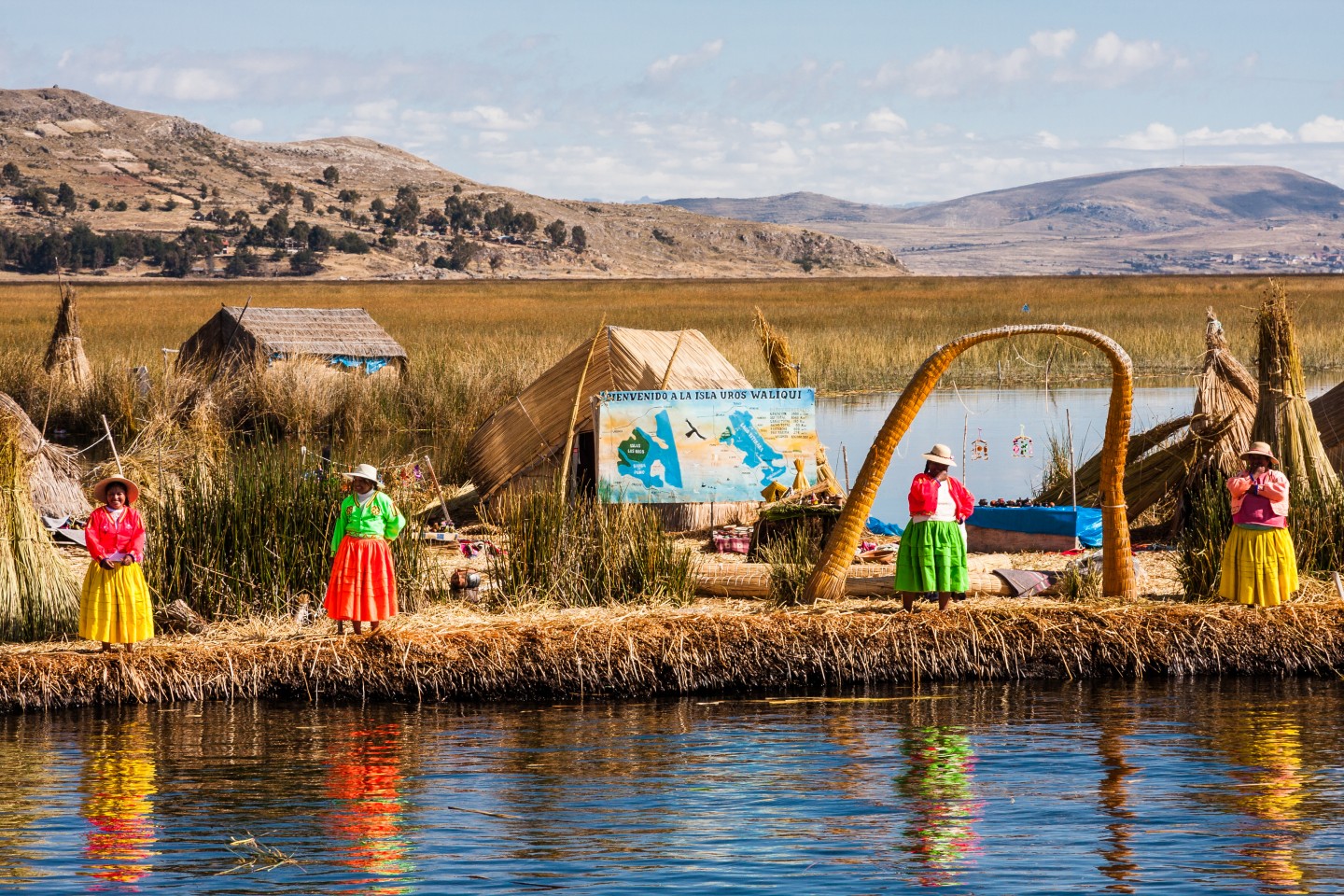
The fabled Lake Titicaca is still making headlines. An exciting new excavation project has begun at a buried pyramid in Tiahuanaco on the Bolivian side of the lake, while recent discoveries of mysterious underwater ruins make Titicaca as tantalising as ever, after thousands of years of continuous human presence dating back far beyond the Incas.
Keen to probe the lake’s secrets while they remain intact, I start my journey at Puno on the Peruvian side, about 300 kilometres east of Arequipa. Known as the folkloric capital of Peru, it's an interesting town with grand colonial architecture and hilly vistas. My visit coincides with the Virgen de la Candelaria festival, which takes place in the first two weeks of February.
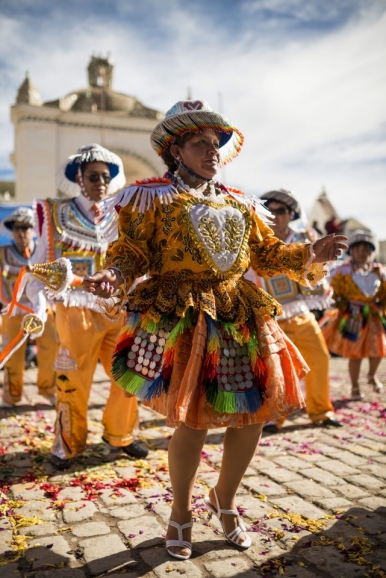
Each evening I watch as dancers wearing traditional costumes and demonic masks proceed to the beat of thundering drums, panpipes and brass, until they reach the giant 18th-century cathedral in the main square. Although dedicated to the city's patron saint, I discover that this is far from a sober religious event. Music, dancing and heavy drinking go on until late, and I'm happy to join in.
While the festival makes February a tempting time to visit, I do find it chilly (with the occasional torrential downpour to boot). In fact, the air in Puno is always a little fresh, thanks to the town's lofty mountain location. When I hit Lake Titicaca, which is borne aloft by the mighty Andes, I'm staggered to learn from a local guide that it lies more than 4,000 metres above sea level, making it the highest large lake in the world. It's also the biggest freshwater lake in South America, and at about three million years old, it's one of the last ancient lakes in the world.
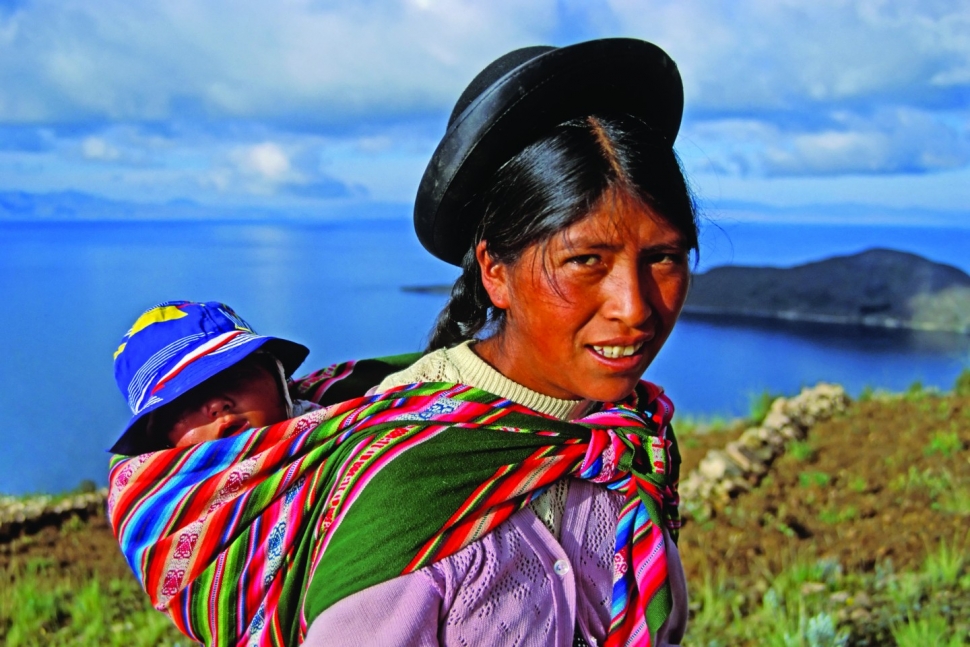
Many settlements and cities have grown around Titicaca over millennia – and to this day there are people living on the lake itself. After a half-hour journey over deep-blue waters, a ferry brings me to one of the several dozen Uros islands. These tiny floating platforms are unique not just for the indigenous people who greet us in clothes woven with dazzling colours, but for the fact that the islands are manmade.
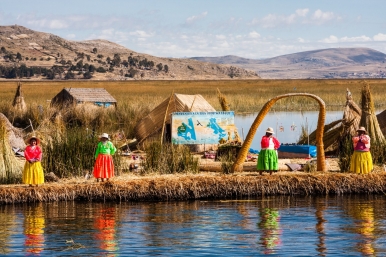
After I step onto the springy surface, one of the chieftains explains how the Uros people use the robust totora reeds found in the shallows of the lake to constantly replace rotten reeds and construct their huts. They also eat the reeds (they taste rather bland, but not unpleasant). The Uros people lead very simple lives; a large family shares a small, dark space, with little in the way of possessions.
A simple life was the price to pay for the Uros' ancestors, who first constructed the reed islands as a means of escaping the powerful clutches of the Colla and Inca peoples. For the Incas, who rose to prominence from the 15th century, Titicaca was bound up with the very creation of Earth. The god Viracocha was believed to have risen from its waters to found the world, directing the sun, moon and stars, before heading to Tiahuanaco to conjure two human beings – the Incas' Adam and Eve.
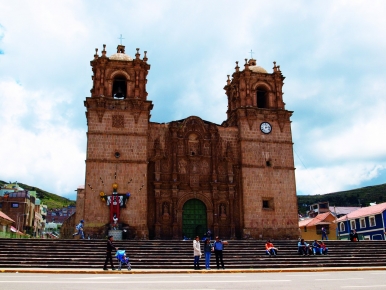
Local people – the Uros included – still view the lake as sacred, and although the Bolivian government has revealed plans to bring to the surface a 1,500-year-old submerged temple the size of two football pitches, those living in the area oppose any violation of the holy waters. Yet the lake faces a more existential threat. Climate change and population pressure mean that Titicaca is shrinking, said to be by a couple of centimetres every week; authorities have said that water levels are at their lowest in more than 60 years.
As for the Uros, having survived the all-conquering Incas, they now face a modern challenge to their way of life: Tourism. Ferries arrive almost unceasingly during my brief visit. One young woman selling beautiful textile-art and hand-crafted ornaments tells me that income from visitors has meant that life is no longer just a struggle for survival, but it's difficult to tell what the long-term effects will be.

From Uros, I continue toward Amantaní, a small island of about nine square kilometres, whose few hundred families are responding to tourism in their own way. Waiting for my fellow passengers and me at the modest harbour – little more than a wooden dock and a couple of poles to tie the boats to – are several women wearing long, bright-red skirts along with white shirts embroidered with intricate, colourful patterns. Each visitor is welcomed by a different lady, in whose family home they will stay for the evening for a small price.
For the rest of the afternoon, which is cool but sunny, I wander the stone paths that vein the island's undulating green landscape. Apart from a few shops selling essentials, I find it to be a well-preserved fragment of traditional life. From the simple stone temple at Amantaní's highest point, I'm gifted a glorious view across the lake to the mainland in the distance.
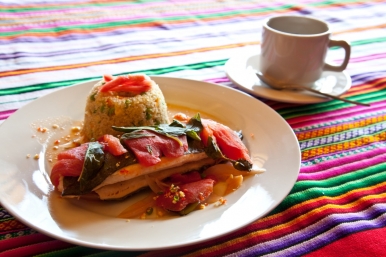
I also see that dark clouds are rolling in and beat a retreat back to my homestay before nightfall. Dinner is a basic but tasty quinoa soup with vegetables, eaten in a dirt-floor kitchen. The family is poor and their house beyond rustic, yet they are warm in spite of the difficulty in communicating. Spanish is a foreign language both to me and the islanders, who mainly speak Quechua.
In the morning, I board a rickety motorboat steered by a smiley old man over choppy waters back to Puno, from where I then take a bus across the border. The main town on the Bolivian side of Titicaca is Copacabana, a pleasant bohemian spot with plenty of live music and restaurants. It's not authentically Bolivian, and after a day, I'm desperate to revisit the magic of the lake.
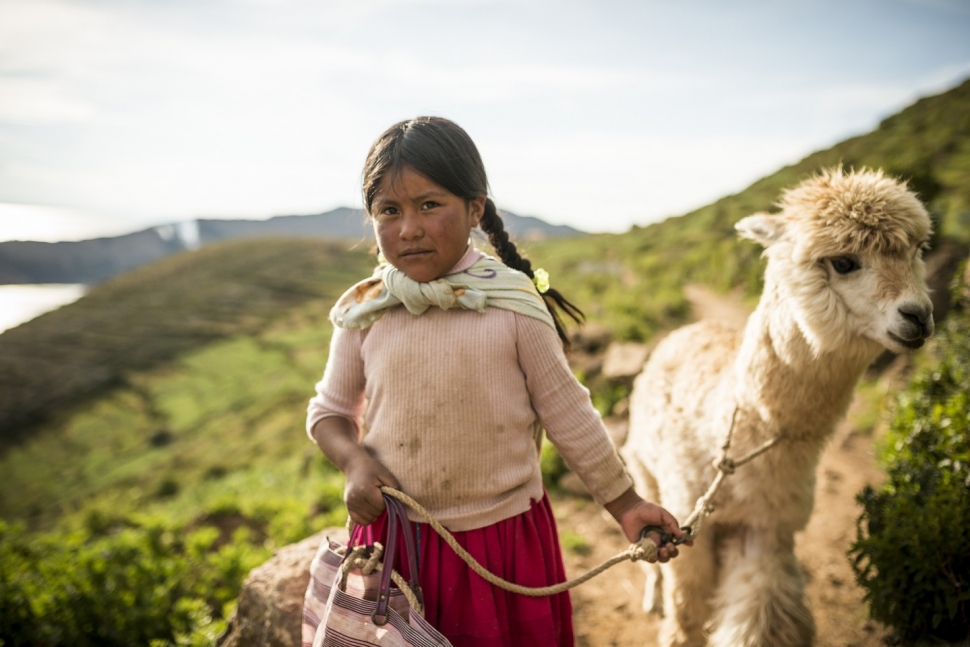
Not far from Copacabana is Isla del Sol, considered the home of the Inca sun god Inti. Beyond the two small towns on the north and south sides of the island, it's largely undeveloped, with just a few huts studding the rolling green fields, fringed by tall trees and dotted by the odd wayward llama.
After following the 200 Inca steps to what's believed to be a fountain of youth, I stumble upon a solitary house atop a hill. It turns out to be a kind of makeshift restaurant, and I'm welcomed by the kindly matron to one of only two tables amidst the sprawling garden. I dine on grilled fish – caught only that morning, assures the woman – and watch the sun set over nearby Isla de la Luna, home of the goddess Mama Quila.
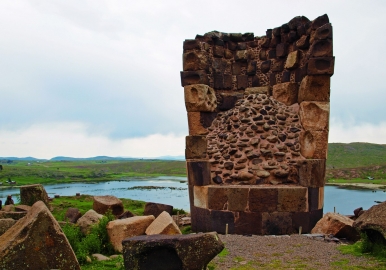
As the water turns to gold, then pink, and the mountains darken to purple shadows around Lake Titicaca, I feel I've found true luxury. I can see why the locals call it sacred.
